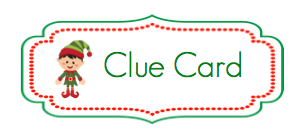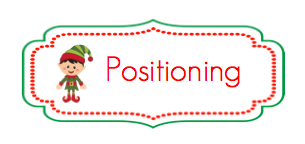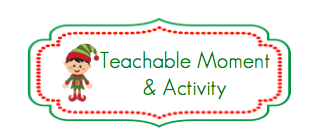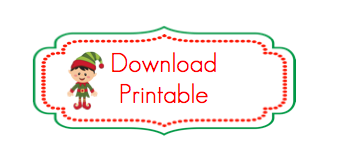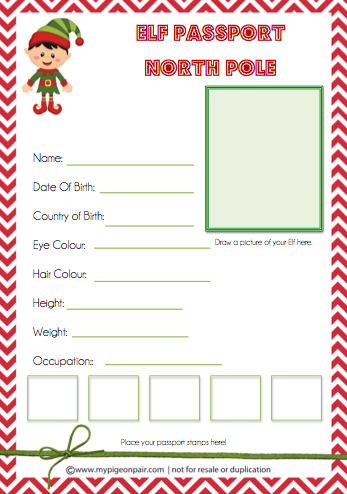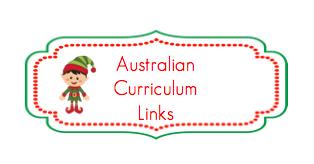Day 4 ~ An Elf Travel Passport
 So how DID this magical Elf travel to your home? Was it by Reindeer, floating on a snowflake, posted through the mail? However he arrived, he will need a passport to get back home again!
So how DID this magical Elf travel to your home? Was it by Reindeer, floating on a snowflake, posted through the mail? However he arrived, he will need a passport to get back home again!
“This little elf is far from home
But how did he get here, nobody knows?
It’s not stamps that help you travel far away
It’s a passport and you need to make one today!”
- Children find the elf covered in postage stamps as he has tried to mail himself home or stuffed in an envelope!
- Or maybe he is half in and half out of the mailbox or front door or stuffed in an envelope!
Source: thatscountryliving.com via Christine on Pinterest
If you have a toy bus, car, motor bike or airplane (The Fisher Price variety are perfect) he could be trying to hitch a ride!
Source: thatscountryliving.com via Shannon on Pinterest
TEACHERS AND PARENTS:
- The Elf spent his first night away from home and is homesick 😥 Tell your children that occasionally the Elf will pop back home to visit Santa. They better be extra good because when he returns to the North Pole he will report on the children’s behaviour!
- But if he was to go back home, how would he get there?
- Look at where the North Pole is on a globe or atlas. Even use Google maps to calculate how far it is from your place!
- How would he travel that far? Could he go by car? Plane? Boat? What do you need to travel out of the country? A Passport of course!
- If your children have their own passport have a look at it and discuss with them what it is for and what is written on it. Otherwise get your own passport out!
- Look at the features of a passport and discuss what information is recorded in a passport.
- Talk about the stamps that go in a passport and the ways in which this records where you have travelled to! Can you find these places on a map?
- Now it is time to create your very own Elf Passport!
- Fill out the “My Christmas Elf” Passport Printable with your children. This will promote lots of discussion! As you complete each question ask your students or children to answer the question about themselves as well! What colour eyes do they have? Where were they born? What is their Date of Birth. Where possible let the children fill out their own Elf passport.
- Height: Talk about what they think the word “Height” means. Use words like long, tall, short. How do you measure height? Using a ruler or tape measure measure how long your elf is! Talk to the children about how you will record this measurement (how do you write height?) Even small children can read out the numbers off a ruler!
- Weight. Have the same discussion. What does weight mean use words like heavy, light, kilograms and grams. How do you measure weight? Get out the scales and weigh your elf! They wont weigh much so make sure you have sensitive scales! Now how do you record weight? Older children can be introduced to the correct terms and abbreviations such as kilogram (kg) etc
- Occupation. Get creative! Explain what an occupation is and discuss what an Elf might do for a living!
- Draw a picture of the Elf’s head and face in the frame box. Discuss that passport pictures don’t show your whole body. Remember this activity is for your child so help where you can but give them a chance to write and draw when they c
- Now Your’e Elf is ready to travel!
- On the printable I have included some boxes to add your own passport stamps! You could create your own stamps on paper, cut them out and glue them on or for little ones christmas ink stamps are readily available at dollar stores and Big W!
-
OTHER LEARNING OPPORTUNITIES
- How did the Elf arrive? Write a short narrative telling the story of the Elf’s journey to your home or school.
- Get Crafty. Design a stamp that represents your family, class or home that could go in the Elf’s passport.
There is also a blank sheet included in the Printable if you want to use it to write a story about The Elf’s Journey From the North Pole to your home!
Maths – Measurement and Geometry – Using units of measurement
Foundation
- Use direct and indirect comparisons to decide which is longer, heavier or holds more, and explain reasoning in everyday language (ACMMG006)
Year 1
- Measure and compare the lengths and capacities of pairs of objects using uniform informal units (ACMMG019)
Year 2
- Compare and order several shapes and objects based on length, area, volume and capacity using appropriate uniform informal units (ACMMG037)
- Compare masses of objects using balance scales (ACMMG038)
Oh and how far is it to the North Pole?
